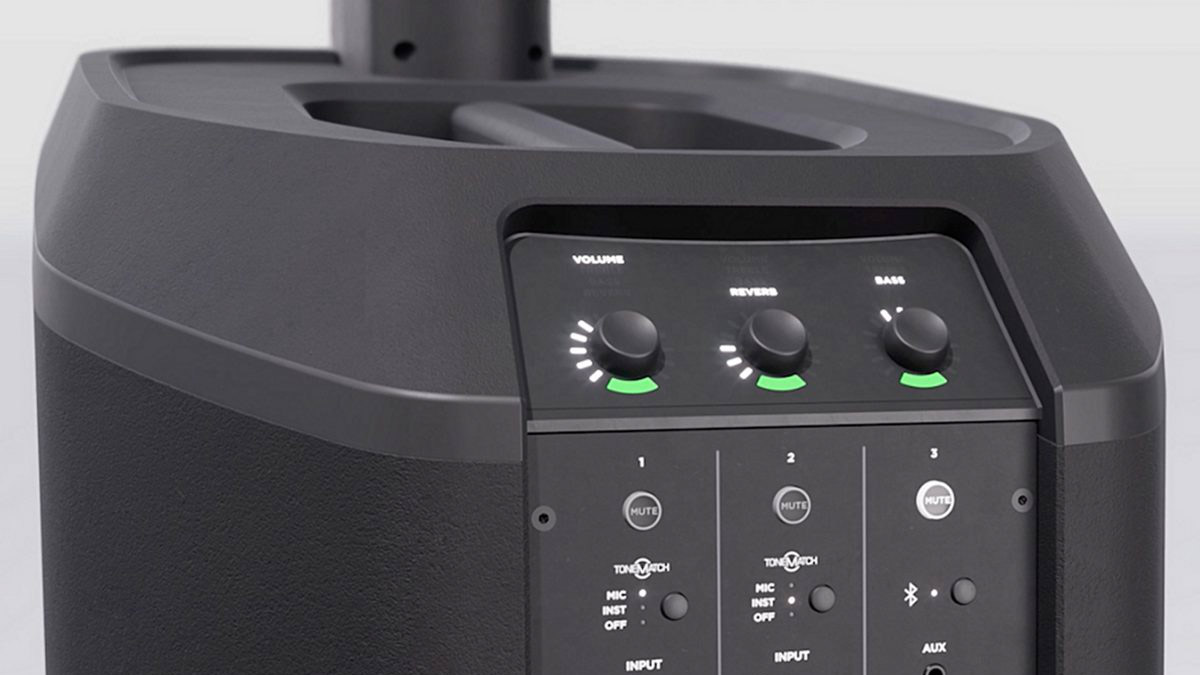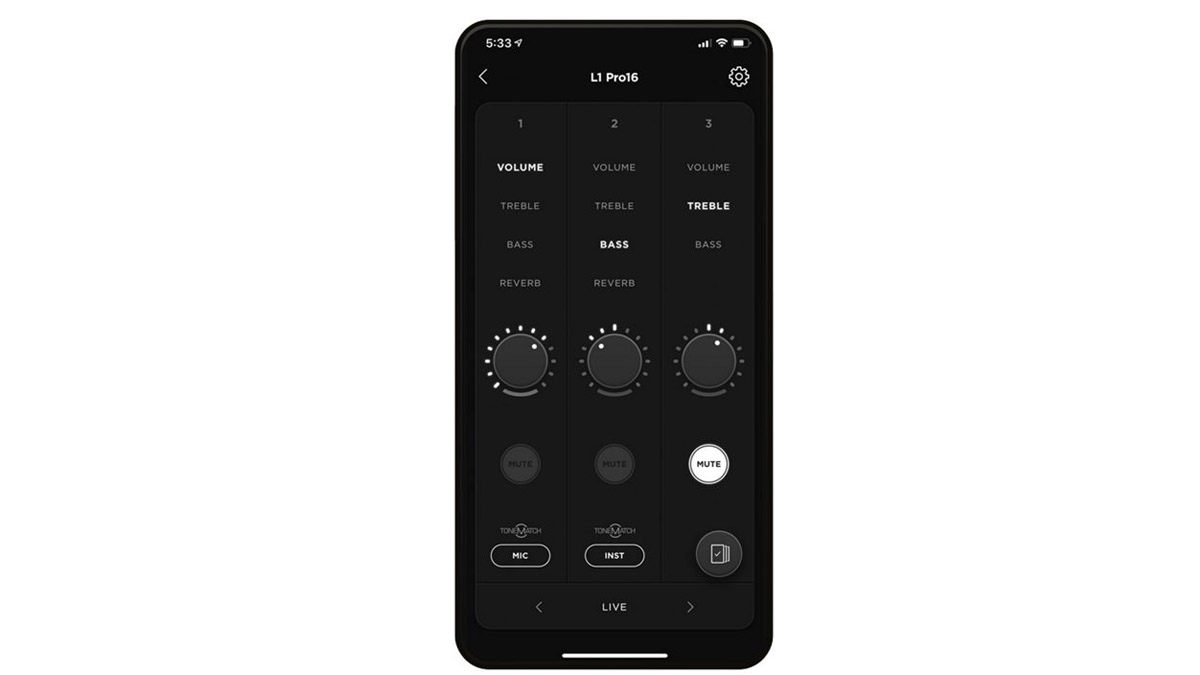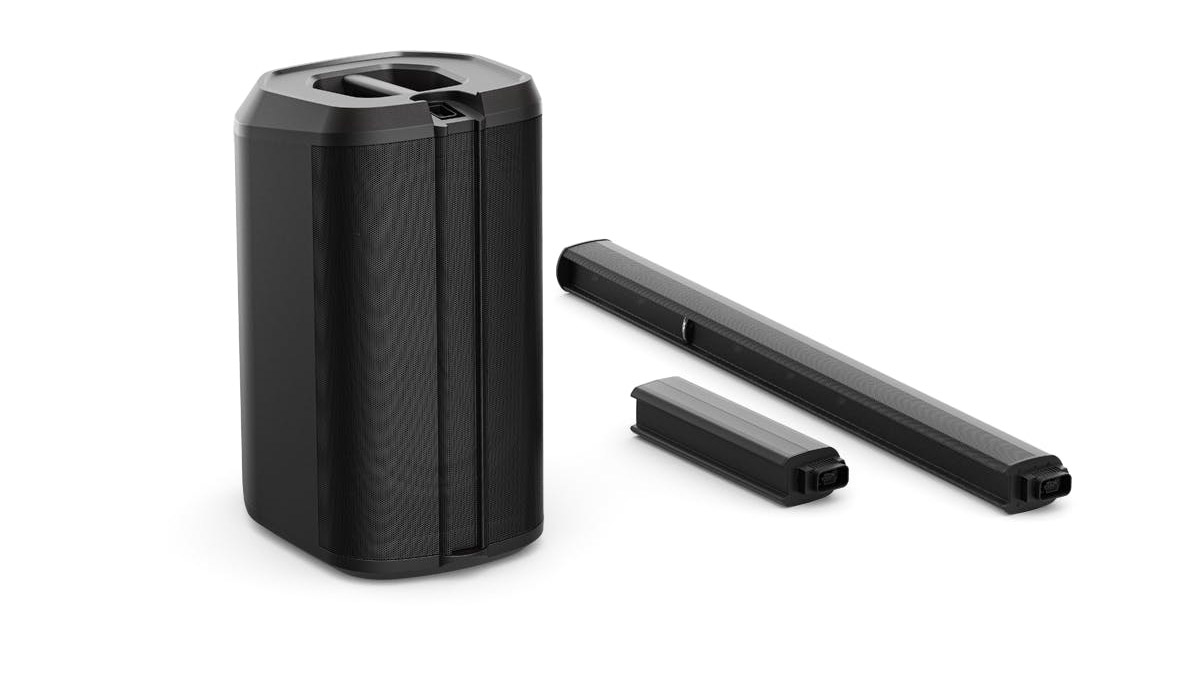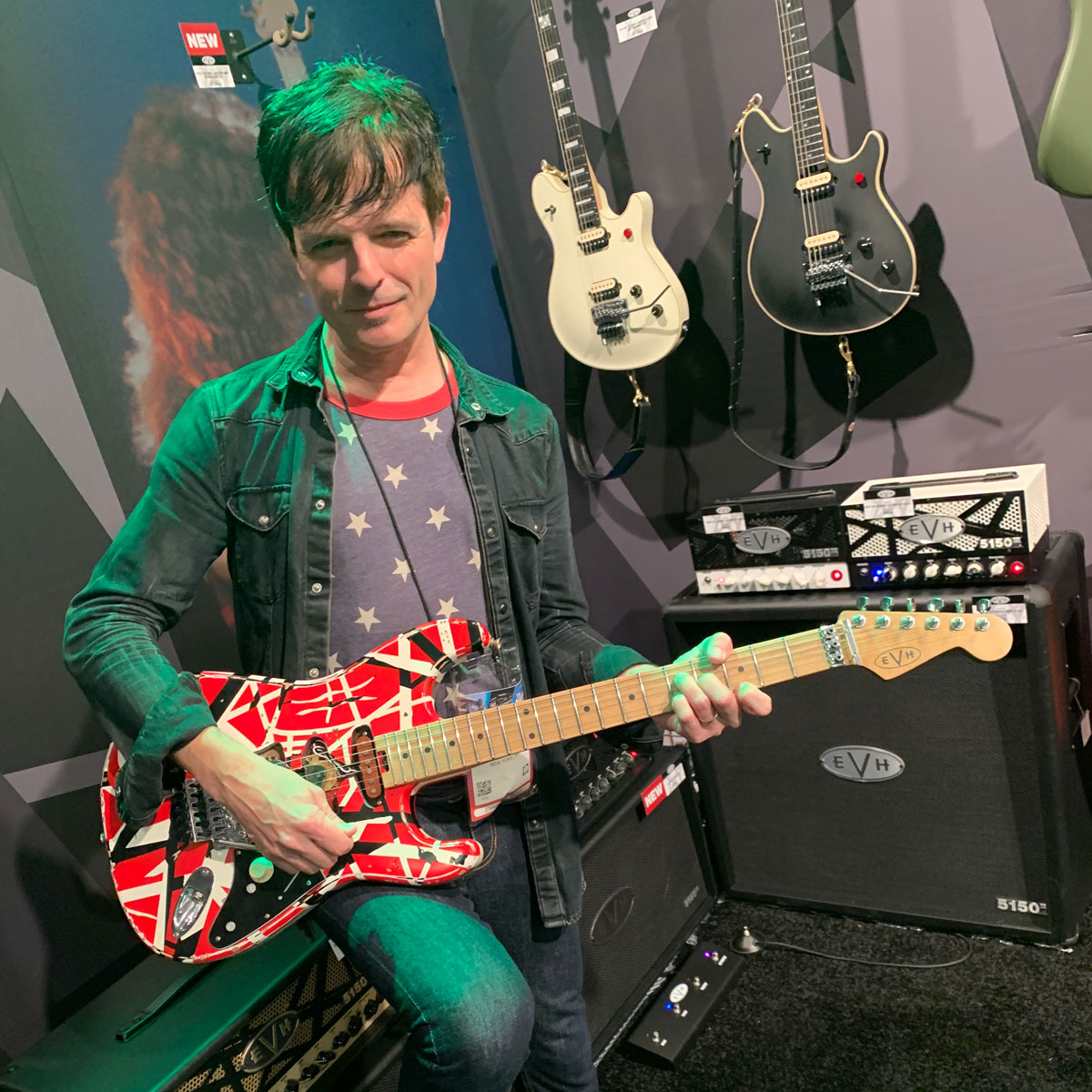Guitar World Verdict
The Bose L1 Pro16 is the complete package for a portable and powerful “next-gen” PA system with remarkable 180-degree horizontal sound coverage for small to medium venues and even outdoor spaces.
Pros
- +
Powerful.
- +
Integrated design makes for smaller footprint.
- +
16 articulated neodymium drivers offers wide 180-degree horizontal coverage.
Cons
- -
Nothing.
You can trust Guitar World
When Bose invented the L1 system 17 years ago, no one could have imagined how indispensable its game-changing design and intended purpose would be today, considering the current musical landscape.
With most soundmen sidelined and music venues shuttered due to the pandemic and social distancing, the need for a portable and powerful PA system – like the L1 – as an ergonomic sound solution for peripatetic performers having to adapt to where they play has never been more crucial.
The last iteration of the system appeared in 2012, but the good news is Bose never stopped reimagining its modular L1 family despite the amount of competition and imitation in this space from a product they created.
With that in mind, the company introduced three “new generation” models – the L1 Pro8, L1 Pro16 and the L1 Pro32, with a choice of two powered bass (subwoofer) modules (Sub1 and Sub2), all of which address specific power needs from musicians to DJs.

Each model has been completely redesigned from the ground up with advanced functionality, app control (via Bose’s L1 Mix app) and Bluetooth connectivity, and streamlined for easy transport.
After spending some time with the L1 Pro16, the “middle child” of the three, I find Bose vastly advanced their modular L1 design with clear-cut improvements in sound and performance that will undoubtedly speak to solo artists and singer-songwriter duos looking for a compact PA that delivers on all fronts.
Features
Just like the rest of the L1 Pro line, the Bose L1 Pro16 possesses a more mature appearance with a contoured and sleek design that’s far more refined than the austere boxiness of the former L1 Legacy systems.
Part of that streamlined look has a lot to do with the rebuild of the L1 Pro16’s integrated subwoofer that features a 10- × 18-inch high-excursion neodymium “RaceTrack” driver, which reproduces an equivalent performance of a conventional round 15-inch woofer in a novel oval design.
While offering an impressive extended low frequency (42Hz), an added benefit of its narrow RaceTrack design results in a less bulky subwoofer that’s much easier to carry by hand because it optimizes your center of gravity by bringing it closer to your body, and also maximizes space for vehicle transport.
Up top, the Pro16 features a J-shaped line array with 16 articulated 2-inch neodymium drivers that cast a wide sound dispersion for 180-degree horizontal coverage so an audience uniformly hears from nearly ever angle whether the system is set up on the floor, an elevated stage or in tight corners.

A welcome highlight is the intuitive built-in three-channel mixer that can accommodate a variety of audio sources along with an uncomplicated control panel.
The Pro16 features three illuminated rotary encoder knobs to access Volume, Treble and Bass parameters per channel, a Reverb for channels one and two only, a Signal/Clip LED below each encoder, and three illuminated channel Mute buttons.
Channels one and two include combo XLR/1/4-inch inputs with phantom-power activation from a single button, and channel three features 1/4-inch and 1/8-inch (3.5 mm) aux inputs and a Bluetooth-pairing button.
There is also an XLR line out and a ToneMatch port (to connect an optional Bose T4S or T8S mixer). In addition, the system includes ToneMatch preset buttons (Mic and Inst) on Channels one and two and a System EQ button to scroll through optimized EQ presets (Live, Music and Speech).
For even more flexibility, Bose’s L1 Mix app mirrors the control panel and allows you to wirelessly manage your settings in real time from your smartphone or tablet for a proper room mix, and also includes entire access to Bose’s extensive library of ToneMatch EQ presets for instruments and microphones, which you can also save as scenes for particular performances and venues.

Performance
Arriving in a slickly-packaged chair-shaped box, the Pro16 comes in three pieces: a subwoofer power stand, an array extension, and a mid-high line array – and no kidding – the whole system assembles in under a minute. Standing below seven feet tall, the Pro16 is ridiculously easy to set up for achieving a professional and balanced mix.
Using the ToneMatch presets found on channels one and two for either your vocal microphone or instrument is done by a push of a button, and controlling volume, EQ, and reverb is accomplished by pushing in the illuminated encoder knob to select the parameter to adjust and rotating it to set levels.
If you want to wirelessly stream music via Bluetooth (or plug-in), channel three is ideal for that purpose, and the System EQ works well for choosing a suitable sound. I found the Bose L1 Mix app to be essential for wireless tweaking of my settings on the fly and being able to ToneMatch my gear for an even more precise sound.
Bose touts the Pro16 as the “sweet spot” of the L1 line (from a size to performance ratio), and I’m inclined to agree here. It’s a powerful system that can project plenty of volume with a great deal of robust clarity, and its 180-degree horizontal sound coverage that envelops a room from front to back is astounding to behold when listening from an audience perspective.
Using my Taylor Builder’s Edition 324ce and a Blue enCORE 200 vocal mic, the RaceTrack subwoofer’s detailed low end depth and taut punch perfectly compliments the transparency of its line array top, and even digging in with the guitar and singing in lower registers, I didn’t detect any muddiness.
Needless to say, I won’t be doing any death metal growling or syncopated djent chug through its sub and system, but I’m fairly certain instrumentalists and singers will find the L1 Pro16 as a superb all-in-one PA that’s exceptional in cleanly articulating a broad frequency spectrum.
Add to that Bose’s available ToneMatch technology to further enhance your live sound, and this system really proves it’s a cut above the rest.
Specs
- PRICE: $1799
- TYPE: Portable PA
- FEATURES: 180º coverage with 124 dB SPL peak, 16 articulated 2" neodymium drivers, 10 x 18-inch high-excursion neodymium RaceTrack woofer, ToneMatch for adding external audio/instruments; 2x combo XLR-6.4 mm (1/4") phantom-powered inputs, 6.4 mm and 3.5 mm (1/8") aux inputs, Bluetooth streaming
- CONTACT: Bose
Paul Riario has been the tech/gear editor and online video presence for Guitar World for over 25 years. Paul is one of the few gear editors who has actually played and owned nearly all the original gear that most guitarists wax poetically about, and has survived this long by knowing every useless musical tidbit of classic rock, new wave, hair metal, grunge, and alternative genres. When Paul is not riding his road bike at any given moment, he remains a working musician, playing in two bands called SuperTrans Am and Radio Nashville.
"Brilliantly precise monitoring headphones with wide open-back sound": Audio-Technica ATH-R70XA review
“We’ve painstakingly restored Les Paul’s original gear”: The Les Paul Recording Studio opens in Hollywood – bringing the innovator’s revolutionary gear to a whole new generation of musicians











